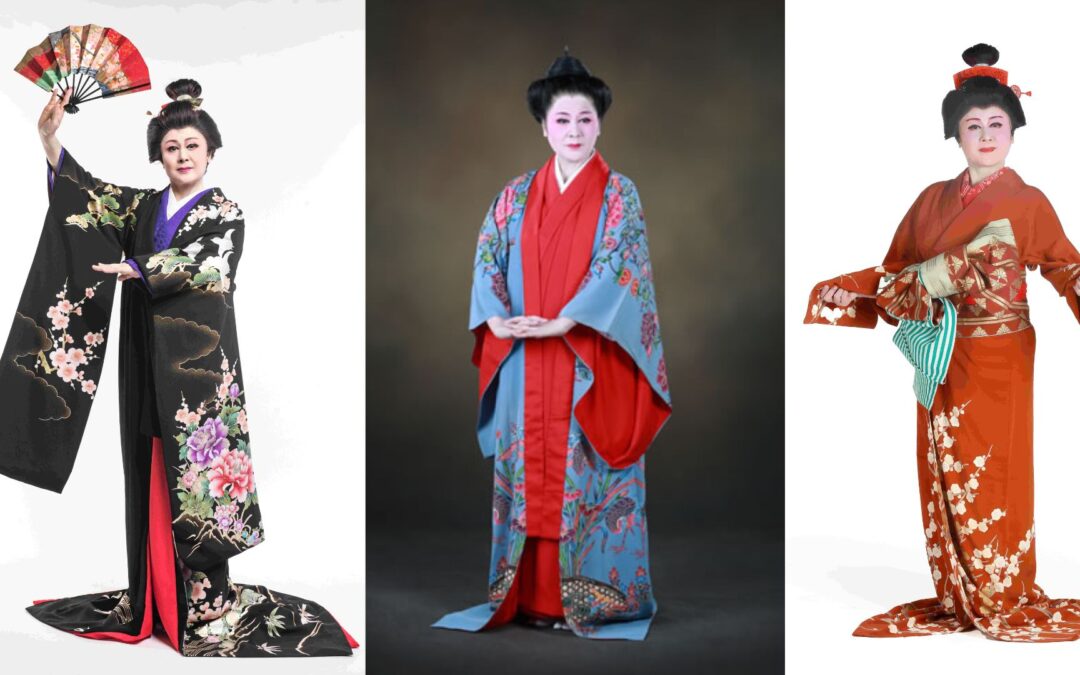Junko was born in Yomitan Village, on the main island of Okinawa, Japan. Her late uncle, a professional actor of Taishin Za and dancer of the Okinawa Dance Company, took Junko to the theater when she was only six months to play the part of a baby in a play.
She began practicing Ryukyu Dance at the age of five when her mother, also a dancer, began taking Junko along to dance school. Starting with her first performance at the age of seven at the Yomitan Village Town Hall, Junko had numerous performance experiences during her years in Okinawa, including recitals of the dance school.
Moving to Tokyo after graduating high school, Junko studied Japanese traditional dance at the Gojo Ryu School while attending college, and she attained a certificate of Natori, Gojo Miyano. Her first performance in that style was at the National Theater in Tokyo in 1985.
Junko resides in New York City and performs at cultural events and recitals in the New York metropolitan area, upstate New York, and Connecticut.
Also known for her choreography, Junko performed her original dance in the cast of “Hana, A Chamber Opera in One Act” in Weill Recital Hall at Carnegie Hall in 2011. She also performed in the Harlem Dance Caravan Summer Stage program in 2014.
Junko performs a wide range of Ryukyuan dances. The genres of these dances are:
- Classical (Court) dance: developed during the Ryukyu Kingdom era.
- Zo (popular) dance: developed after the Ryukyu Kingdom era.
- Modern dance: developed from the 20th century onward.
- Folk dance: including bon dances, drum dances.
She also performs on the Okinawan sanshin (a stringed instrument used to accompany traditional Okinawan Dance) and sings Okinawan folk songs.
Junko offers a broad range of programs including lectures, workshops, demonstrations, and other dance and musical performances ranging in duration from 25 minutes to one hour.
Junko has offered her original 90-minute one-woman show at 15 branches of the Queens Library since 2009, as a part of the adult educational program. The program includes demonstrations of dance and music, background on Ryukyuan history, and a very popular dance workshop. She also offers a one-hour music concert program, singing and playing Japanese and Okinawan traditional folk songs.

